“This festival is making fringe spaces more accessible and readdressing the representation of artists”: Festival curators Steven Kavuma and Sophia Tassew discuss This Is Black
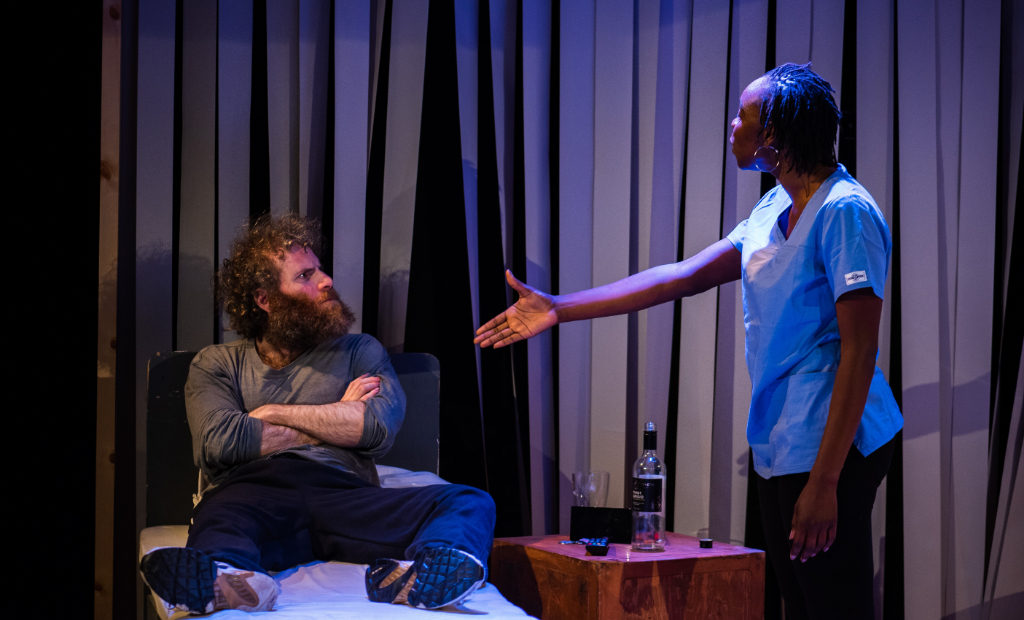
Theatre Director, writer and curator Steven Kavuma graduated from the Royal Central School of Speech and Drama where he founded The Diversity School Initiative, a non-profit organisation that addresses under-representation of minority students and the need for diversity in UK drama schools. His directorial credits include Boys, an adaptation of Golding’s Lord of the Flies at Dalston Eastern Curve Garden, Still No Idea at the Royal Court Theatre, and An Octoroon at the National Theatre and at the Orange Tree Theatre.
Steven is curator of the inspiring This Is Black festival at the Bunker Theatre until 25th August, an event created to support, encourage and celebrate black artists and comprised of innovative theatre during the week (Mon-Sat 7.30pm) – with plays by Abraham Adeyemi, Macadie Amoroso, Chantelle Alle, Melissa Saint and Ronkẹ Adékoluẹjo – an exhibition on Sundays (2pm-8pm) and DJ-hosted late-night parties on Fridays and Saturdays.
Hello Steven, thanks for speaking with us. This Is Black festival offers a safe space for black artists and audiences. How have your choices as a curator accomplished this?
Steven Kavuma: I think it’s about creating a space for people where they can really be themselves and see themselves reflected throughout the artistic programme and the space as a whole. By creating this kind of space, we are able to create a safe environment for artists and audiences who do not have to deal with the things they deal with on a regular basis at the Edinburgh Fringe and other fringe spaces.
You have stated: “I believe that Blackness is not one dimensional; it is layered, complex, beautiful, ugly, angry, loud, and everything more that is unsaid and with all the plays in this festival, we aim to offer audiences a varied depiction of Black stories.” Is This is Black a response to festivals like Edinburgh Fringe, which you have said lack diversity?
SK: Yes, it is but it is also a response to the narrow and singular perception of Black stories that we are offered in this industry and the UK. Creating a space where artists know they can write unapologetically and without censorship about their experiences was so important and needed to improve the cannon of stories.
How can theatre become more diverse, do you think?
SK: This is the million-dollar question, isn’t it? I don’t think there is a set answer for this question; it’s not just about lowering ticket prices or changing the artistic programme or hiring more people who are not white, able, middle-class men. A lot of it is about deconstructing the structural problems. For example, most theatres will say “Yes, we’ve got more disabled people!” but is the entrance to your building accessible? It can’t just be about becoming more diverse. It’s about deconstructing and decoding a particular way of working that is exclusive and inaccessible to those of us who are “different”. It’s about the theatre’s doing the leg work. But This is Black is starting that incredible journey and it’s not just this festival but it’s things like Fringe of Colour, Eclipse Theatre, Talawa Theatre, Black Ticket Project, Act For Change and other groups and companies that are constantly taking action to make this industry more accessible and inclusive to everyone.
What was your criteria in your selection of shows and artists? What was the process like?
SK: For me, when I started thinking of This is Black, I said I want writing that is unapologetic and that can mean anything; it can be loud, smooth, political, anything but it has to unapologetic. It has to be writing without boundaries and saying, “This is me. This is what I have to say, and I don’t care if you like it or not,” and I think that’s when you get to see stories come alive.
Will events like This Is Black also help mitigate the under-representation of black students in drama schools?
SK: I don’t know. I think the more people see themselves on stage and on TV, the more they start to think, “Ah, maybe I can do that”. I hope that whatever person comes to This Is Black is able to think that. But making drama schools more accessible is not the work of this festival; this festival is making fringe spaces more accessible and readdressing the representation of artists and work. I think there are amazing organisations like Diversity School and Open Door making Drama Schools more accessible.
Can the arts help society evolve? Can theatre change the world?
SK: Yes, it can! I think with everything happening in our world – the arts have never been more of an important tool to enhance society and our way of living. I’ve been involved in theatre projects taking drama workshops to rural parts of the UK and seeing how impactful it can be. However, it is under threat by the Conservative government who continue to make cuts to the arts in schools and colleges, making it extremely harder for those children who are not from privileged backgrounds to be able to access it.
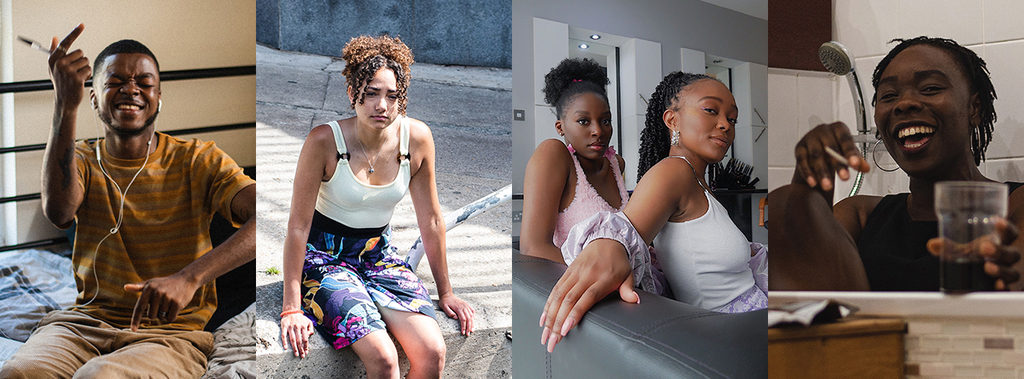
Sophia Tassew is an art director, creative and curator of This Is Black: Exhibition, featuring artists Amaal Mohamed, Sharon Adebisi and Taja Boodie. A response to the question “What does it mean to be Black in the UK? Past, present and future”, the show includes evocative, personal and soulful black and white photographic portraits, a subtly emotive, redolent painting in pale blue and black expressing cultural motifs, and a thought-provoking, innovative, visually intriguing video montage presenting a collage of vignettes about life in the UK.
Hi Sophia, thanks for speaking with us. You have said: “Always speak things into existence. Be vocal about what you want. I stopped using the word ‘if’ a very long time ago. You have to be consistent and really believe in yourself. Never doubt your intuition because that’s a very powerful tool that we have.” As curator of This is Black: Exhibition, does your work incorporate this philosophy?
Sophia Tassew: Absolutely, my work has always been rooted in my experiences, what I’ve been through and things that inspire me. I always aim to champion other artists and young black people who are being the voice of the unheard. It’s hard to do something like this for a living where you’re communicating sensitive issues. It’s a lot more than just manifesting things verbally, you have to go out and work for them.
You have also stressed the importance of pushing boundaries and not “playing it safe”. Does this show push boundaries?
ST: I wouldn’t say it’s pushing boundaries per se. It’s work that just exists by people who are just existing and deserve to have a platform. I think the whole sentiment behind the entire festival is pushing boundaries of course but the exhibition is just something tied to it. I never want people to think they have a duty to be radical.
Your 2017 exhibit RIOT!RIOT!RIOT! at Protein Studios was about protest, freedom, feminism and rebellion. Is This is Black: Exhibition an extension of these motifs? What were your goals and ideas in creating this exhibit?
ST: Good work in all honesty. I think the work displayed is amazing and I don’t think we see enough of that. Also, when briefing the artists, we made sure it was broad. I think the freedom of expression can be great artistically but it’s amazing for the mind. Sometimes painting and capturing your experiences can be overwhelming and you have to take a step back because it can be draining. I wanted this to be a chance for everyone to communicate something that was close to them.
Describe the process of putting this project together, and your motivation for choosing artists Amaal Omar, Sharon Adebisi and Hype Mari.
ST: Social media has been my number one tool. It’s how I source artists and it’s how they can find me. After talking with them over some food I learn a little bit more about them then we get to work. These are all young black artists who have incredible skill and you can hear it in their voices. The logistics side of things can be fine when you have a supportive team and The Bunker was exactly that when it came to certain things.
“I want to make art cool again” is a quote of yours. Can you elaborate on that theme?
ST: In school, art was only cool when the teacher allowed us to paint something we wanted. I could never relate to older artists who I was forced to see in galleries. As I grew up, I realised that when you see yourself and real-life experiences in art it becomes so powerful. The art scene can honestly be so exclusive when it comes to its spaces and work being displayed, which is why it has always been an aim of mine for people like me to enter those spaces with no hesitation.
What would you like viewers to absorb from this show?
ST: That everyone has a story that deserves to be told. There is real talent out there and we cannot afford to dismiss this.
Thanks again for your time.
Catherine Sedgwick
Featured image: from Teleportation, photo by Korey J Ryan
For further information about This Is Black’s exhibition and events visit The Bunker Theatre’s website here.
Read our reviews of This Is Black – Double Bill I: Blue Beneath My Skin & All the Shit I Can’t Say to My Dad and This Is Black – Double Bill II: Pyneapple & Teleportation.

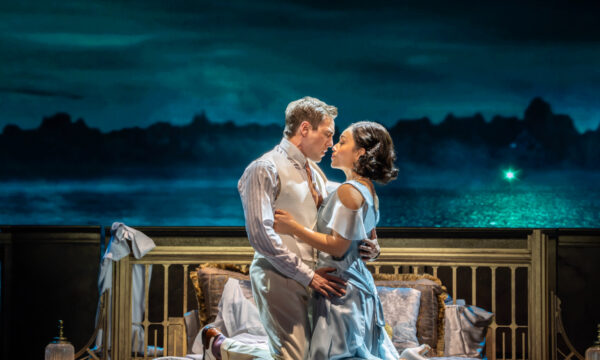
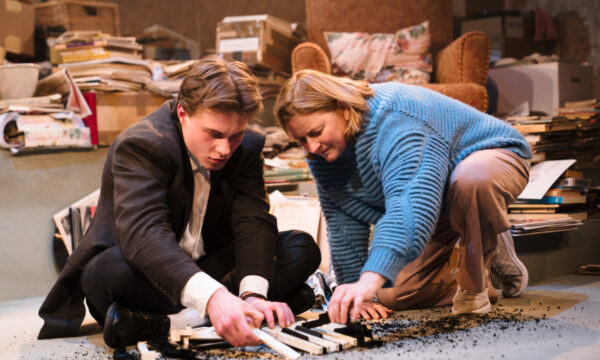
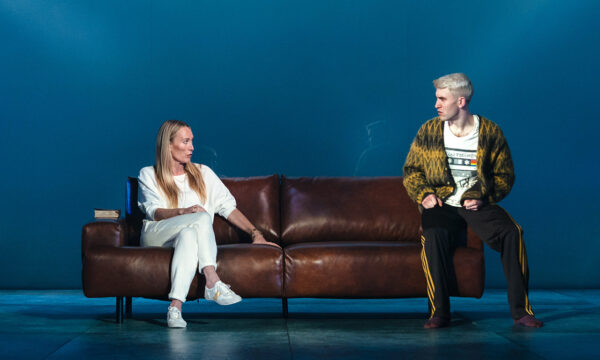
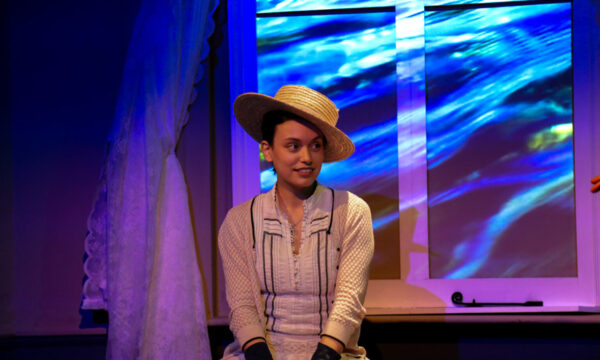
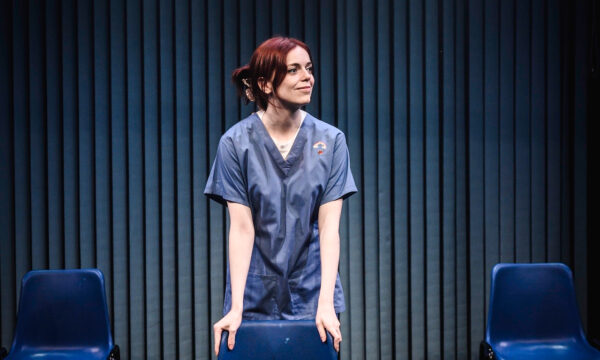
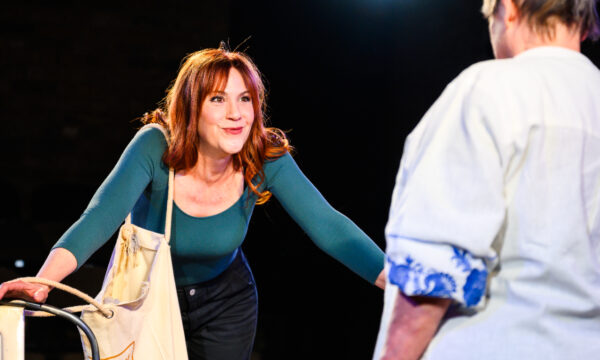
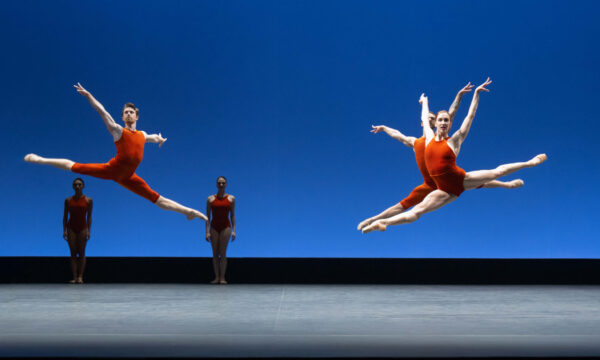
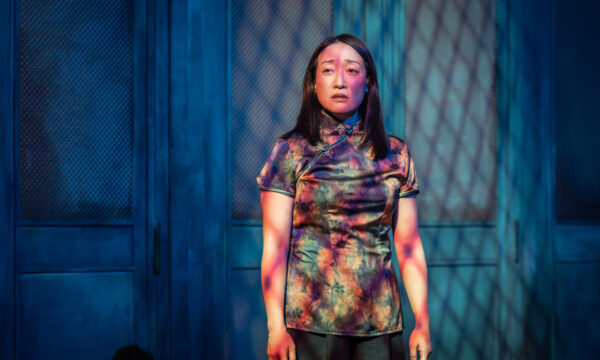
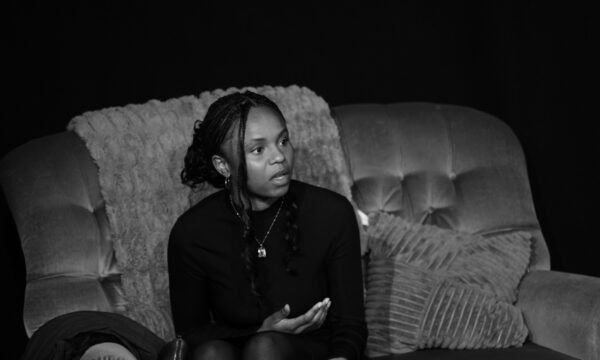













Facebook
Twitter
Instagram
YouTube
RSS